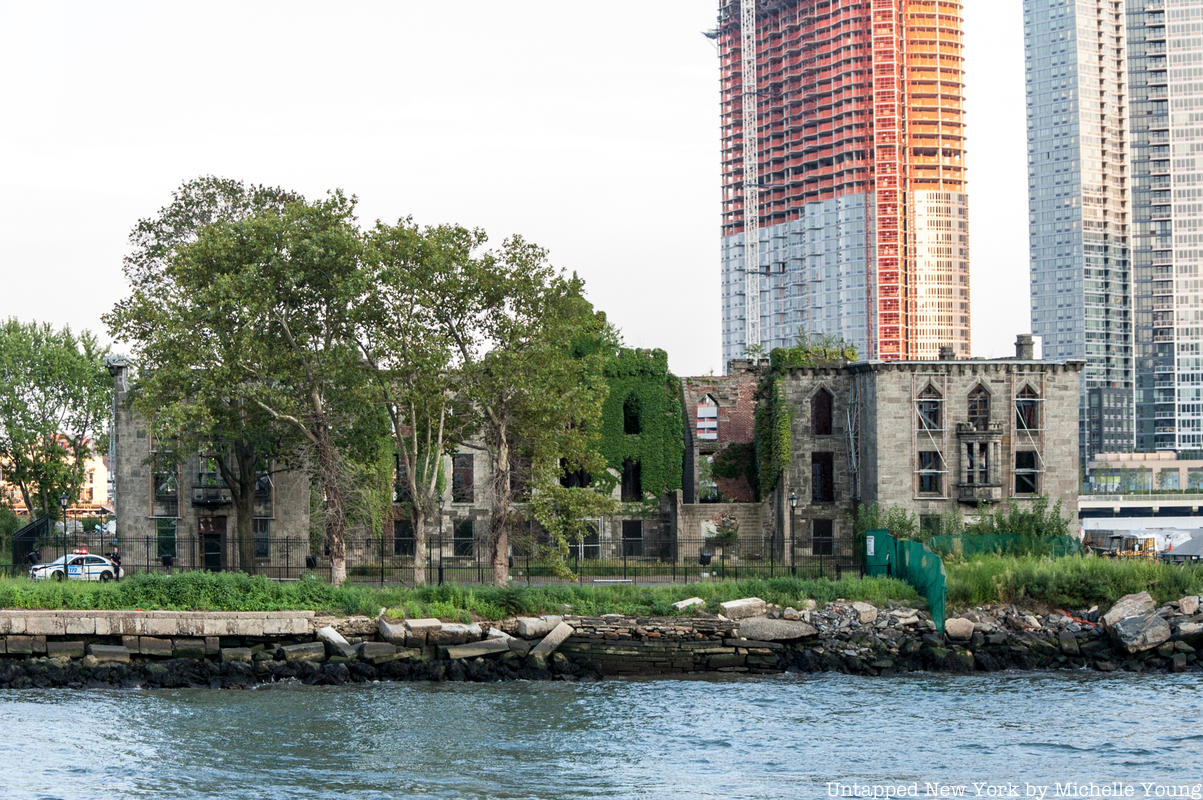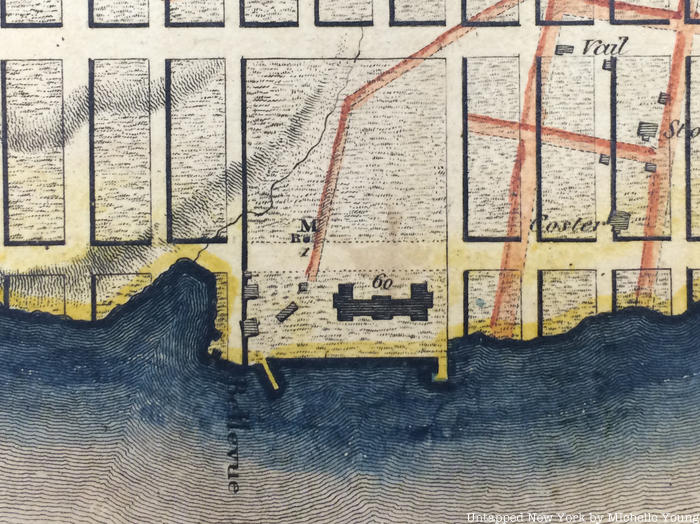
As the New York City, state and the federal government scramble to contain the coronavirus, known as COVID-19, it is helpful to look back into New York City’s history — with over two centuries of attempts to treat contagious diseases. As the main entry port, New York City has historically been on the forefront in the combat against disease.
Current medical practice no longer favors the type of quarantine used in the past — literally removing patients to what were then remote islands or facilities, but this was in use until the mid 20th century. New York City’s islands were used for far more than infection disease treatment, a convenient and distant place to house society’s “unwanted” people and activities. “Social distancing” is the latest recommendation, but history forces us to ask, will it will be enough?
1. Bellevue
 Horse-drawn ambulance at Bellevue Hospital in 1895. Image: Public Domain from Wikimedia Commons
Horse-drawn ambulance at Bellevue Hospital in 1895. Image: Public Domain from Wikimedia Commons
Bellevue Hospital, which still exists, was created in 1736 as New York City’s first quarantine hospital and is the is the oldest public hospital in the United States. It was originally located further downtown at City Hall, with just six beds. But as the city expanded, it was deemed too close to the settled part of the city.
With the Manhattan grid system coming into play, Belle Vue farm was purchased along the East River for the new hospital. When the Commissioner’s Map was submitted in 1811, Belle Vue had just been purchased but the new building (#60) was already noted on the map (below). Bellevue served patients regardless of pay, hence its reference as an alms hospital.

Bellevue, along with being the inspiration for the television show New Amsterdam, continues to serve many of its original functions. In 2014, it was the hospital that isolated and treated the first New York City patient to contract ebola.





